“Human progress is neither automatic nor inevitable… Every step toward the goal of justice requires sacrifice, suffering, and struggle; the tireless exertions and passionate concern of dedicated individuals.”
There’s hardly a person alive who hasn’t heard of Martin Luther King Jr. He spent most of his life fighting for the advancement of civil rights in the United States. People from all over the world pilgrimage to Atlanta to learn about MLK, visit his grave, visit the Ebenezer Baptist Church where both he and his father pastored, and see the house where MLK was born.
In the centre of it all, stands the Center for Nonviolent Social Change (a.k.a the King Center), which is constantly buzzing with activity, filled with school groups and tourists, and houses both information and artifacts relating to King and his life. Outside, motivational speeches are played over the loudspeaker, and colourful murals cover the walls. He is a cultural icon who achieved a great many things in his short life.
The King House

Michael Lewis King Jr. was born on January 15, 1929, in the upstairs middle room of 501 Auburn Avenue in Sweet Auburn, Atlanta, Georgia. He was the second child of Michael King and Alberta Williams.
The two-story Queen Anne style house that MLK was born in belonged to his maternal grandparents, A.D. Williams and Jennie Celeste Parks. Williams was the pastor at a small and struggling Baptist Church located a half block from their house. It was in this house that King lived in a warm and loving environment for 12-years, surrounded by his grandparents, parents, siblings, and periodic boarders.
When MLK was five, his father changed his own name to Martin Luther King in honour of the 16th century German Protestant Reformer, Martin Luther. In 1934, Michael Jr. followed suit and changed his name to match his father’s.
The Ebenezer Baptist Church
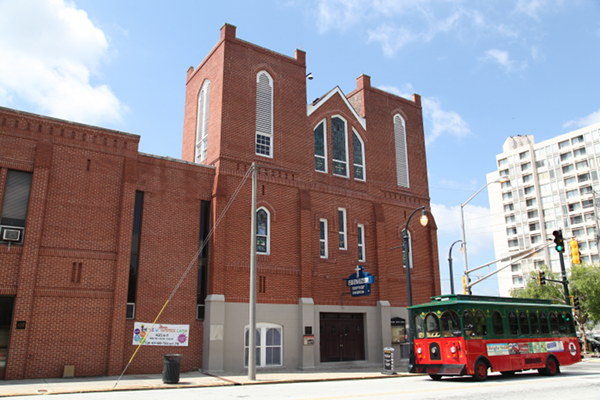
When A.D. Williams passed away in 1931, Martin Luther King Sr. stepped up and took the position of pastor at the Ebenezer Baptist Church. He became very successful and popular in Sweet Auburn and under his care, the church thrived. When his son was old enough, he followed in his father’s footsteps and in 1948 was ordained in the church. MLK held the position of pastor here with his father until his assassination in 1968.
In a sad twist, on July 1 1974, King’s own mother was shot and killed in the church as she played the organ for morning service.
King’s Grave
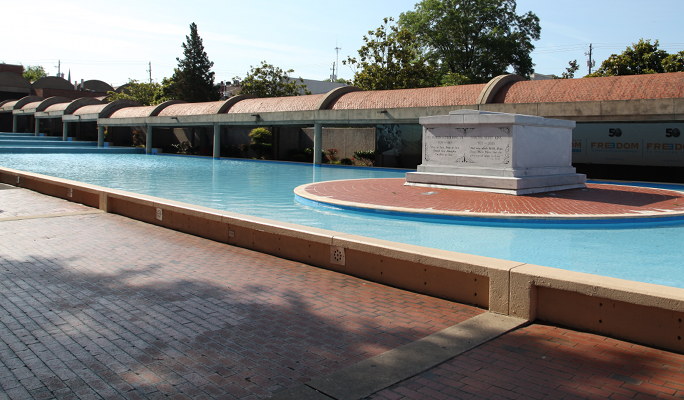
On April 4, 1968, King was staying in room 306 at the Lorraine Motel in Memphis, Tennessee. While standing on the balcony having a cigarette he was assassinated by James Earl Ray. His death triggered riots in the U.S. and threw the nation into mourning.
One of the boldest and best speeches to come from this sad time was delivered in the heart of Indianapolis’s African-American ghetto by Robert F. Kennedy. He was standing in the back of a pick-up truck when he delivered the news. Indianapolis was one of the only cities that did not have rioting in the aftermath of MLK’s death.
After his assassination, MLK was buried in South View Cemetery in Atlanta. In 1977, his remains were exhumed and reburied at their current location atop a reflecting pool in the plaza between the King Center and the Ebenezer Baptist Church. His widow Coretta Scott King was buried next to him in 2006.
Center for Nonviolent Social Change
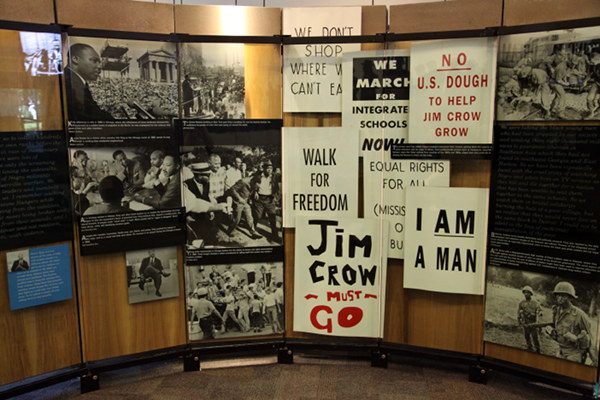
Almost immediately after her husband’s assassination, Coretta Scott King established the King Center in the basement of her house. Her goal was to preserve the legacy of her husband and provide a safe haven for scholars studying the life and work of MLK. It was also used as a training center for advocates of nonviolent social change.
In 1981, a new center was built on Auburn Avenue, near King’s birth home and next to Ebenezer Baptist Church. It’s a privately run, nonprofit organization that sits in the heart of the Martin Luther King, Jr. National Historic Site.
At the end of the reflecting pool at the King Center is Freedom Hall. This building features exhibits about Dr. and Mrs. King, Mahatma Gandhi, and Rosa Parks. It was here that I learned that King heavily idolized and was influenced by Gandhi. In 1959, Dr. King made a pilgrimage to India, a visit that profoundly changed his beliefs around social resistance and how he approached the Civil Rights Movement.
In essence, this influence can be traced back to Henry David Thoreau (remember Henry David Thoreau and his writings about Civil Disobedience from this post?). Thoreau’s writings influenced Gandhi’s thinking, writing, and philosophies. These beliefs came back to Martin Luther King through Gandhi’s writings on nonviolent resistance.
I love discovering these little historical connections.
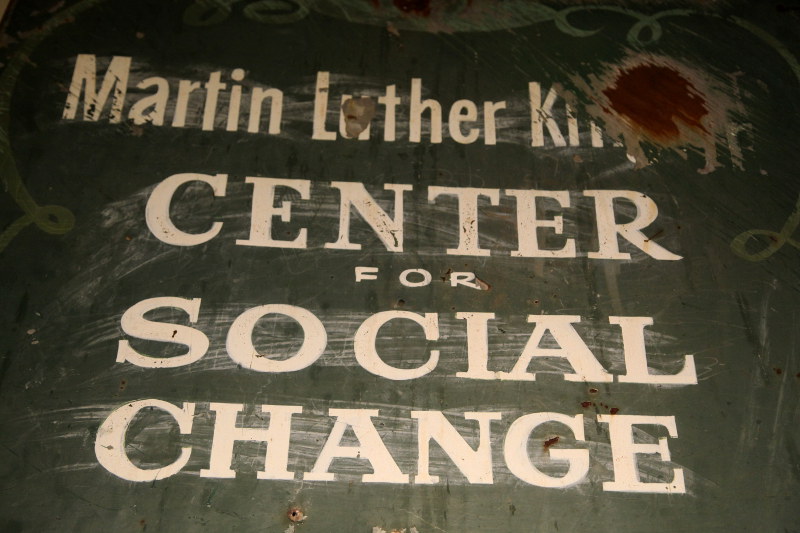
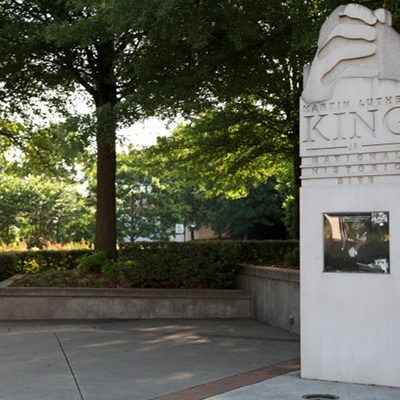
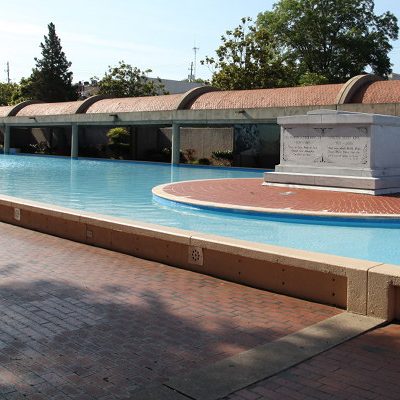
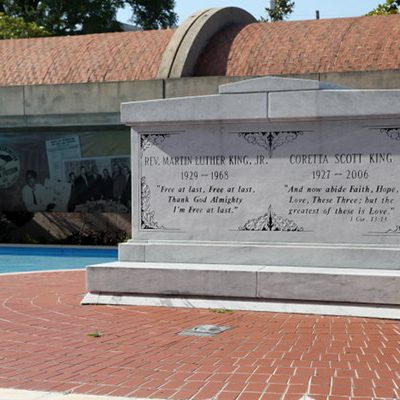
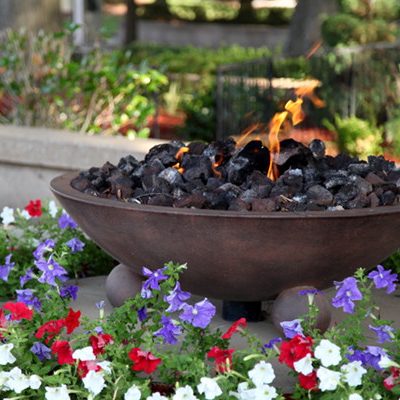
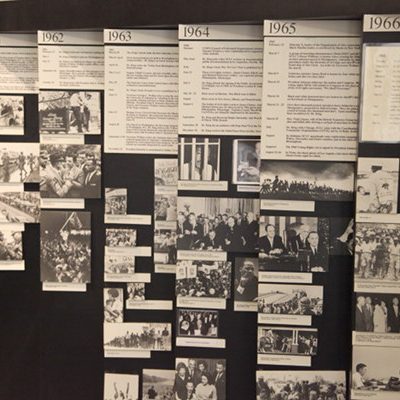
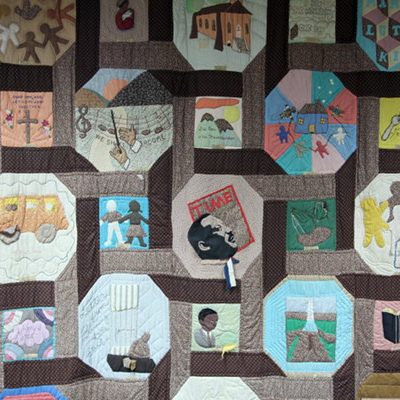
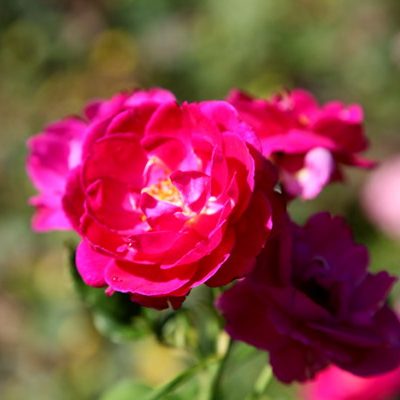
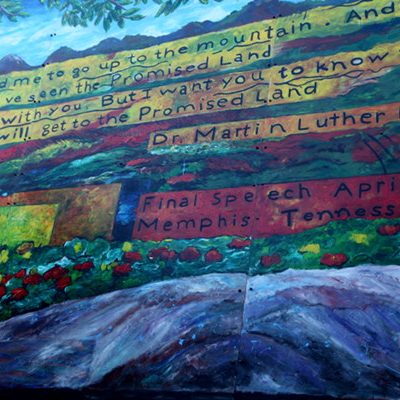
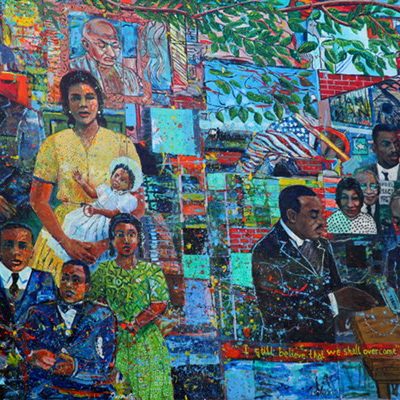
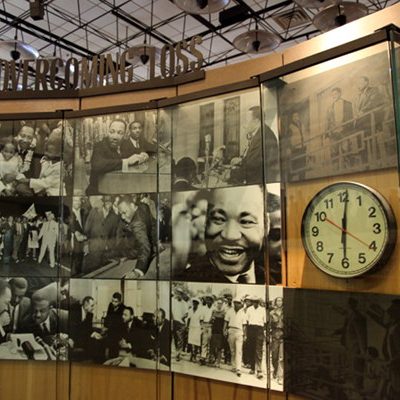
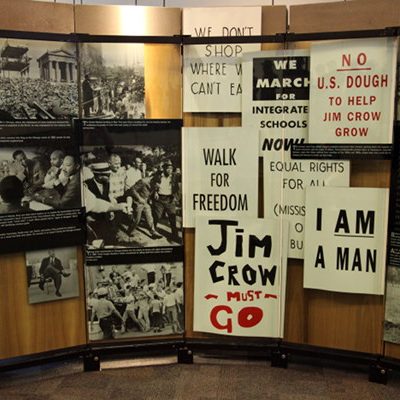
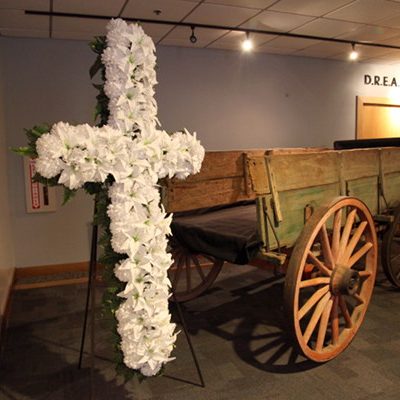
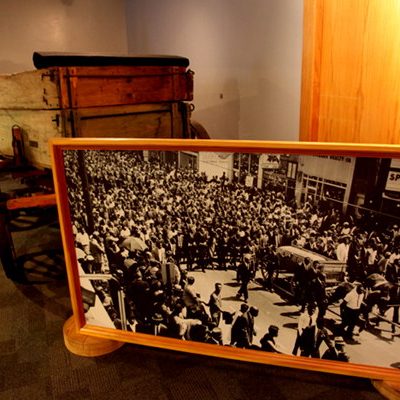
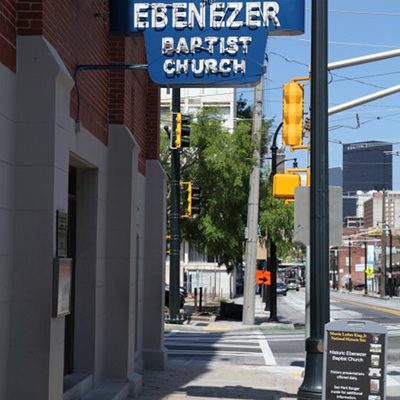
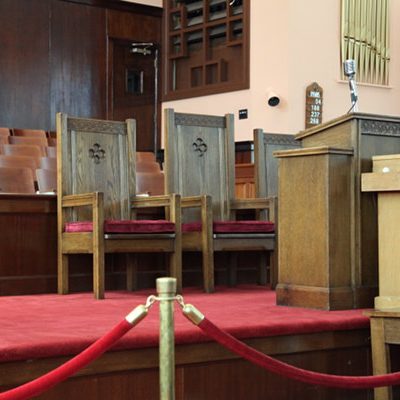
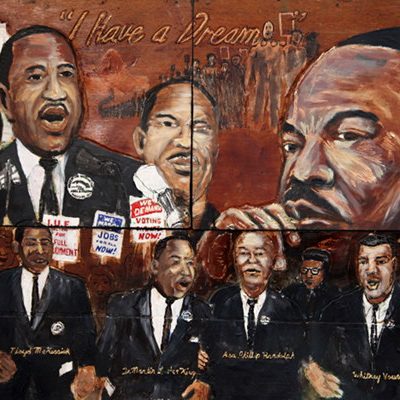
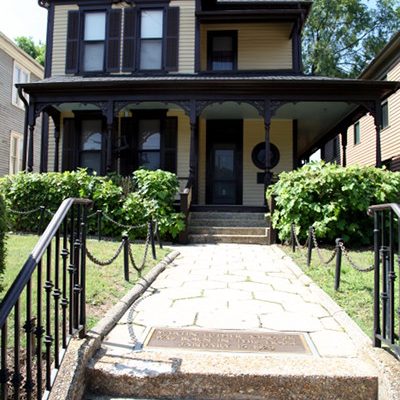
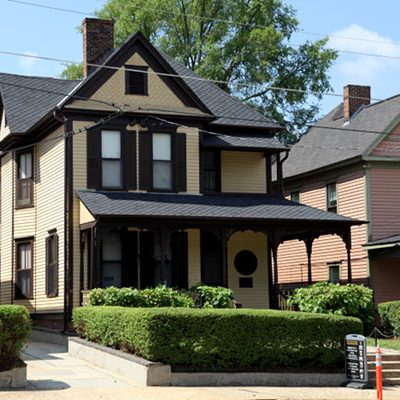
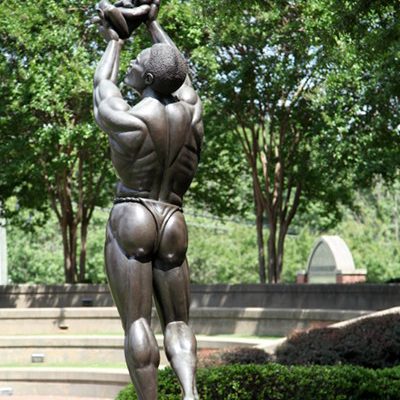
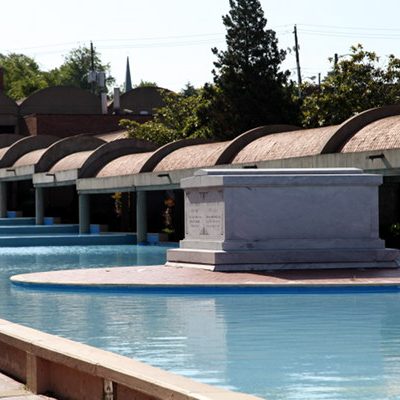
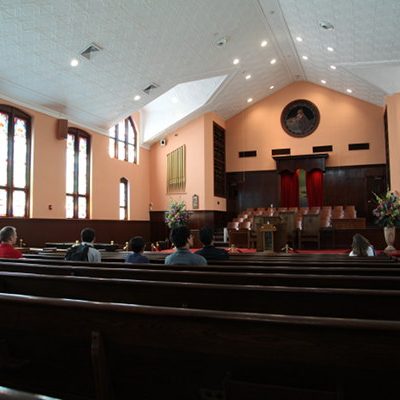
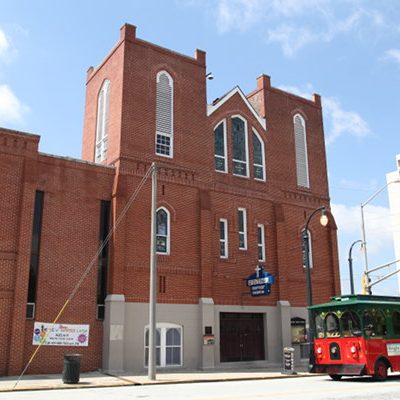
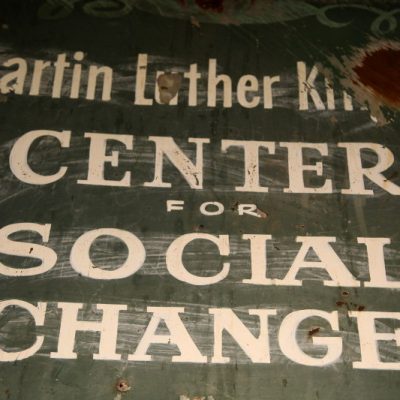
0 comments on “MLK and the King Center”Add yours →